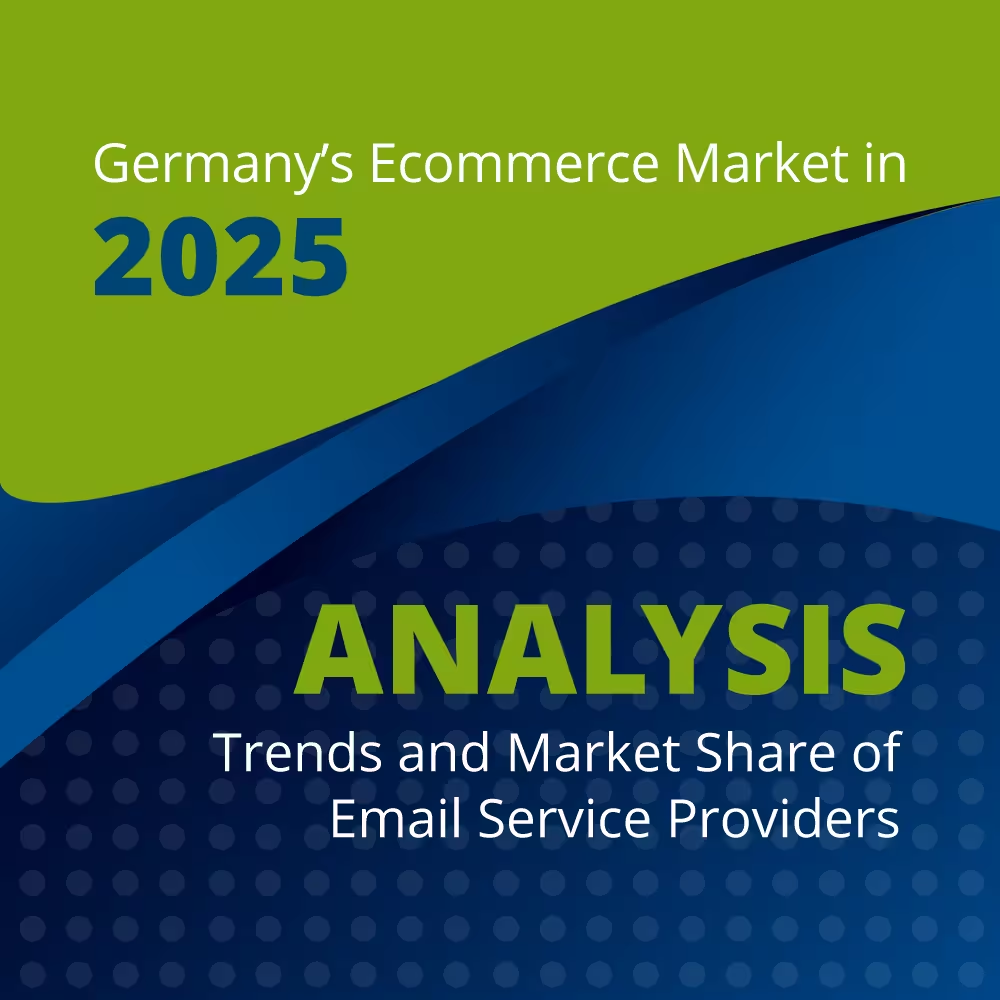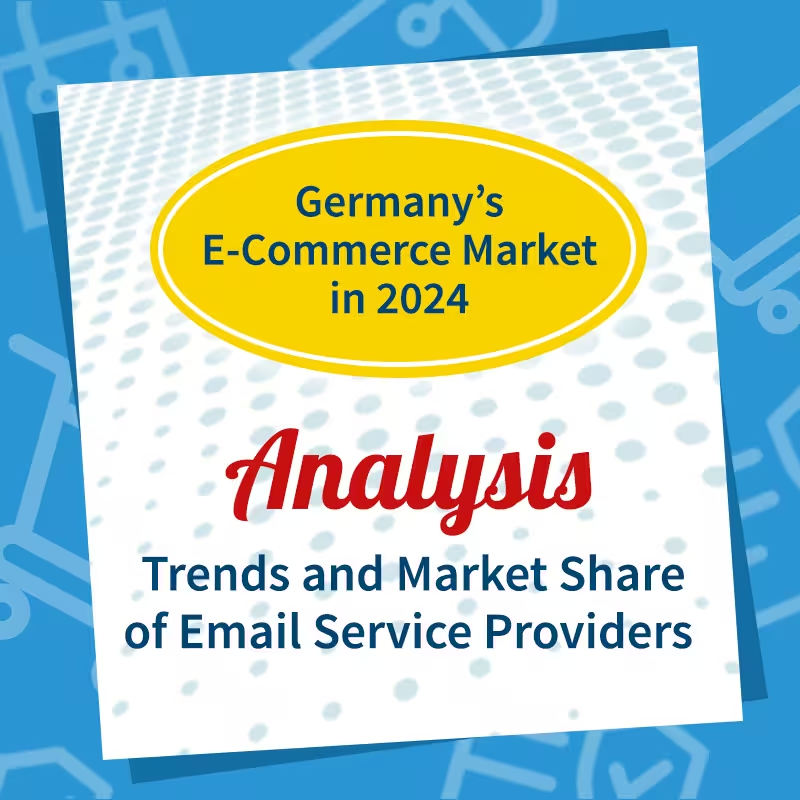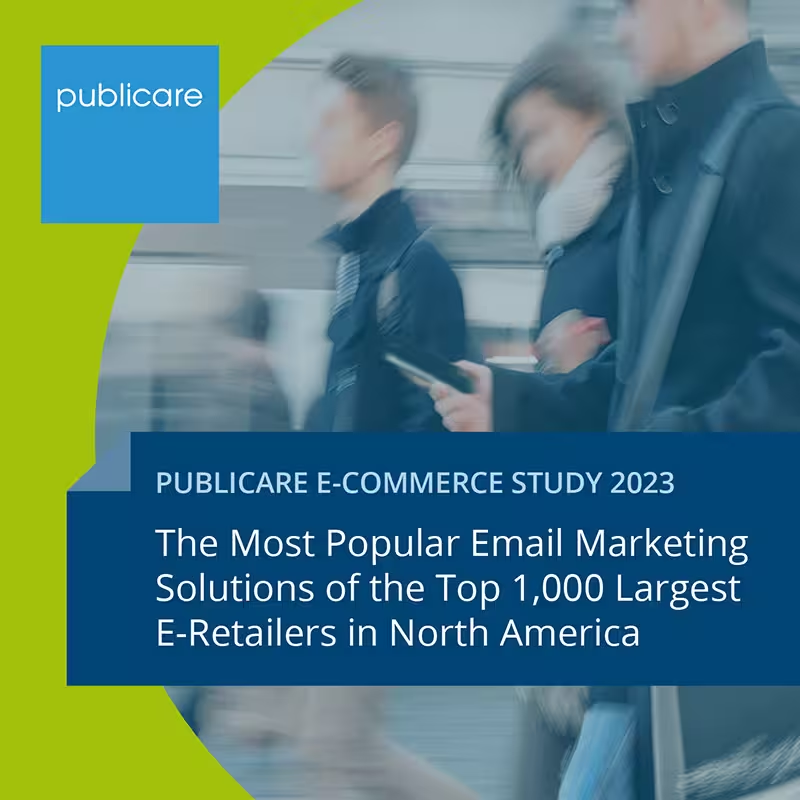About download hamsters and fugitive tits
Why do companies give away expensive content? Not just to strengthen brand perception with relevant information. But also to find out more about prospects and customers — i.e. to acquire leads and nurture leads. Unfortunately, laboriously produced or expensive purchased content often ends a lonely existence behind complicated forms. And users — frightened by clumsy questions and complicated opt-in procedures — rush to the competition.
The jumps can be divided into two groups: Fugitermeisen and Download hamster: Titmice are fugitives. On average, every second tit movement serves to protect against suspected dangers. If there is even a slight doubt about data security, the fugitive tit is gone.
The Download Hamster is also safety-oriented. But his urge to collect is stronger. It collects everything that can be downloaded — without leaving any traces. The Download hamster is not only to be regarded as a parasite. Sometimes the secret collector conceals a decent lead that just needs more user guidance and persuasion.
We have the 8 most important tips for building trust in lead acquisition and lead nurturing summarized.

1. BANT questions are dead
Many marketing managers dream of a form that elicits all the data necessary for lead qualification from every site visitor. This is how the small form on the landing page grows with the BANT questions.
The BANT formula developed by IBM recommends answering the following questions to identify a high-quality lead:
- B: Budget
- A: Authority or room for manoeuvre
- N: Need — is there a need?
- T: Time — in which period is the purchase planned?
Unfortunately, very few interested parties would like to disclose their budget directly or provide information about the planned time frame. Back in 2013, we announced the end of the BANT questions in the Publicare blog, in the blog post:”Lead qualification without hurdles“
The most important arguments against BANT questions are:
- The information phase today starts well before the budget is set. In addition, the budget is less and less fixed from the start.
- Intrusive questions lead to lies
- The researcher's room for manoeuvre is not very meaningful, because it is rarely the decision maker who does the research, but a team member.
Modern email marketing systems enable implicit and harassment-free tracking, which also allows conclusions to be drawn about the maturity of the lead.
2. Building trust: Ask other questions
Regardless of whether you're a fugitive tit or a download hamster: The more open and cluttered the questions are, the higher the response rate.
Instead of asking about the budget and the planned time frame, asking the reason for the visit helps to assess both parameters.
Why are you visiting our site today and reading this white paper?
Entering false company names can also be minimized if you dynamically integrate the information into the content offered, e.g. via a placeholder on the title page: “Information for $company name$”
The interested parties answer these questions honestly, as we can confirm from many years of experience.
3. Building trust: Valuable information versus valuable content
If you want valuable data, you also have to offer valuable content. Information about our own products, which may be available in identical form on comparison portals and in press releases, does not trigger desire.
But what is valuable content? Information science has known the answer for decades: Data and factual knowledge are valuable information when they satisfy current information needs.
The evaluation of content offered and therefore the willingness with which we disclose business and personal information varies with the purchase decision phase. In the information phase, the focus is on providing an undisturbed overview, i.e. hamstering. A content offering must be comprehensive and shorten the search phase in order to lure the interested party out of anonymity.
At the end of the evaluation phase, the number of potential suppliers is smaller. Now that the potential customer has specified their needs, they are increasingly prepared to reveal more specific information to the remaining providers.
A motivator that should not be underestimated is the original price of the content made available for download.
4. Usability: Communicate all steps
How does the report or white paper get to the potential customer? Two alternatives are possible — each has advantages and disadvantages.
1. Download from the landing page
advantage: Direct and uncomplicated for the interested party. No cumbersome emails and no drop off.
Disadvantage: Could be downloaded using an incorrect email address. An ideal terrain for the download hamster.
2. Email with attachment or download link to the customer email address
advantage: Only those who enter a real email address will receive the asset.
Disadvantage: The fugitive tit becomes doubtful and renounces. The bounce rate is higher. Many of the emails end up in the spam filter.
Regardless of which technology is ultimately used — an investment in clear descriptive texts and buttons with a clear call-to-action will pay off.
A button with the inscription “Download report” not only suggests direct access, but also that a correct email address is not important. If you hide a sending function behind it, interested parties tempted to lie feel just as caught as notorious download hamsters.
With all sense of justice, email marketing thrives on service and trust building, not on non-black education. Appreciative and logically coherent communication is more sustainable. A timely reference to email delivery makes it clear that lying is pointless.
5. Usability: Confirmed opt-in instead of double opt-in
If you choose the path that promises better data quality and send the content via e-mail, the question of declaration of consent is raised. Was it really the owner of the email address who wanted the report? Or will he threaten and warn via his lawyer?
Anyone who tries to minimize the risk of a warning will be tempted to use a double opt-in for a single download. With double opt-in, the addressee first receives a message calling on him to agree to receive promotional emails again. Only then does he receive an email with the coveted asset — and may have the feeling that he has paid with increased effort instead of the costs.
Although the obligation to double opt-in is not legally enshrined, double opt-in is generally regarded as having no alternative. In fact, only individual judgments have been made so far, which sometimes contradict each other. As in Blog post “Anxiety eat list” explained, 15 to 50% of subscriber potential is lost between the actual subscription and clicking on the confirmation email.
In most cases, Publicare favors the confirmed opt-in. Here, too, the subscriber has the option to reject further emails — by clicking on the unsubscribe link in the first email. In any case, the email should contain this.
As already in this post explains, on closer inspection, there is little evidence in favour of the double opt-in process. It neither minimizes email volumes — and is therefore not harassment-free — nor does it securely stand up to legal proceedings. In the end, a warning costs an average of 1000 euros. Having fewer customers is usually more expensive.
At least two procedures help to reduce flight reflex and risk of abuse:
- Captchas limit the risk of misuse because they protect against form robots that automatically enter email addresses.
- More detailed questions make filling out the form more complex and therefore less attractive for individual incorrect entries
Anyone who follows the first tip also protects themselves. Because the more valuable content sent free of charge is, the more unrealistic it is to misuse it as a means of disturbing and harassing.
6. Building trust: Separate options for separate terms
If the potential customer has agreed to receive a report or white paper, many marketeers tacitly extend this advertising permission to their newsletter. This increases the chances of effortless lead nurturing — and the customer's initial trust decreases.
Yet the confidence-building measure is so simple: Separate options for factually independent declarations of consent instead of a single checkbox for everything.
7. Usability: Make the scope of the advertising permit clear
The Unfair Competition Act (UWG) provides the framework for advertising permits.
- You may only advertise your own goods and services. The customer must explicitly consent to advertising by third parties.
- A customer may only be included in mailings for products that are comparable with the product for which he originally gave his consent.
- The customer must be clearly informed of his right of objection when entering the address and every time it is used.
However, information about the duration of a subscription and the email frequency is not required by law. Preparing subscribers for the expected email frequency strengthens trust and shows good style. Of course, this is only possible if the frequency of the newsletter or webinar offers is fixed and does not change significantly.
8. Usability: Investing in business logic
Anyone who has already subscribed to a newsletter and now wants to download an asset announced in it will be surprised to see a subscription form linked to the download. Subscribers will be really annoyed if they receive the newsletter twice from then on.
Each newsletter email can be uniquely identified via link tracking. It is not necessary to log in again. There are also barrier-free alternatives for lead nurturing existing contacts. For example:
- Telemarketing campaigns
- Dynamic enrichment with the help of the Bisnode business information service, which includes Dun & Bradstreet and Hoppenstedt
- Intelligent solutions for user response recording and analysis, e.g. implicit tracking of clicks
Read more in the blog post”Lead qualification without hurdles”
Investing in an email marketing solution with well-thought-out list management not only helps generate leads, but also helps retain leads.
Is there the perfect content marketing form?
While researching content marketing campaigns that already put all our tips into practice, we found great potential for optimization:
- Some forms examined lacked legally required information
- some forms were well structured but had technical problems that prevented them from being sent
- and with some forms, the mistakes in the lead generation strategy were obvious
The classic Gartner download was one of the less serious cases. The second example, a legally perfect form, appears stiff and impractical.
The classic Gartner download
The “Magic Quadrant,” an industry report by market research institute Gartner, is a classic asset that is used by companies in a wide range of industries to acquire leads and to nurture leads. Purchased directly from Gartner, the Magic Quadrant “Enterprise File Synchronization and Sharing 2015” costs $1,995.00. With one of the providers that Gartner saw in the leader segment in 2015, information seekers receive an objective vendor assessment free of charge.
Telephone number, job title, company name and company size are mandatory fields. Information on the budget and time frame is not necessary. By clicking on a checkbox, you agree:
By checking this box, I agree to receive emails from XYZ regarding new training resources, upcoming events, and updates of XYZ features and services.
If you activate the check box in the form, you will receive emails in unlimited quantities from various categories. Activating the checkbox is optional. After submitting the form, the interested party receives direct access to the report that the specified email address has been verified and without granted advertising permission. Here, the secret download hamster is in his element.
The perfect form?!
Many forms comply with all legal requirements and do not entice you to lie. But texts that seem too legal can also trigger the escape reflex. Is someone who secures himself in this way even up to anything? How high might his response rate be? And what can the company do with the collected data?















